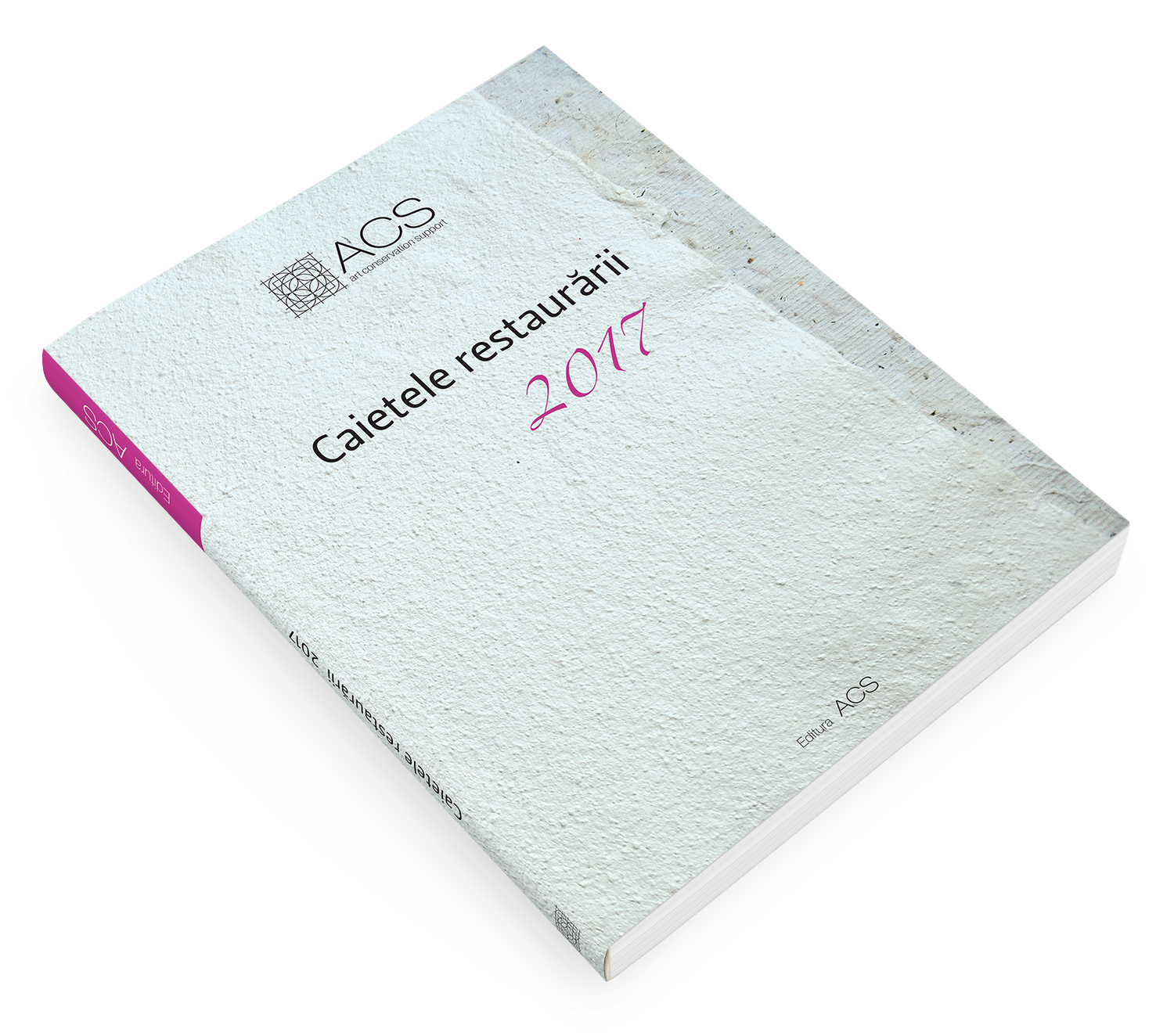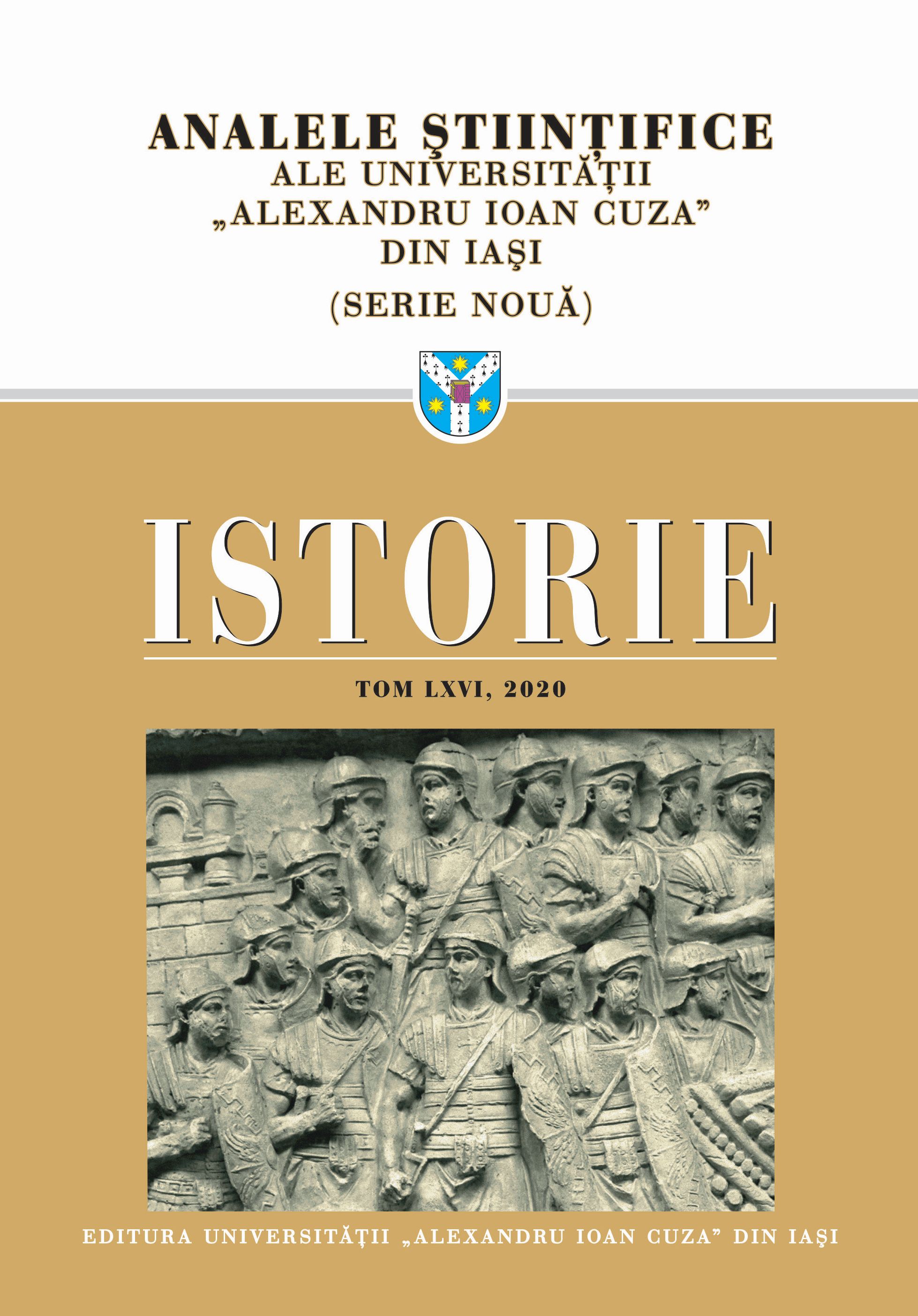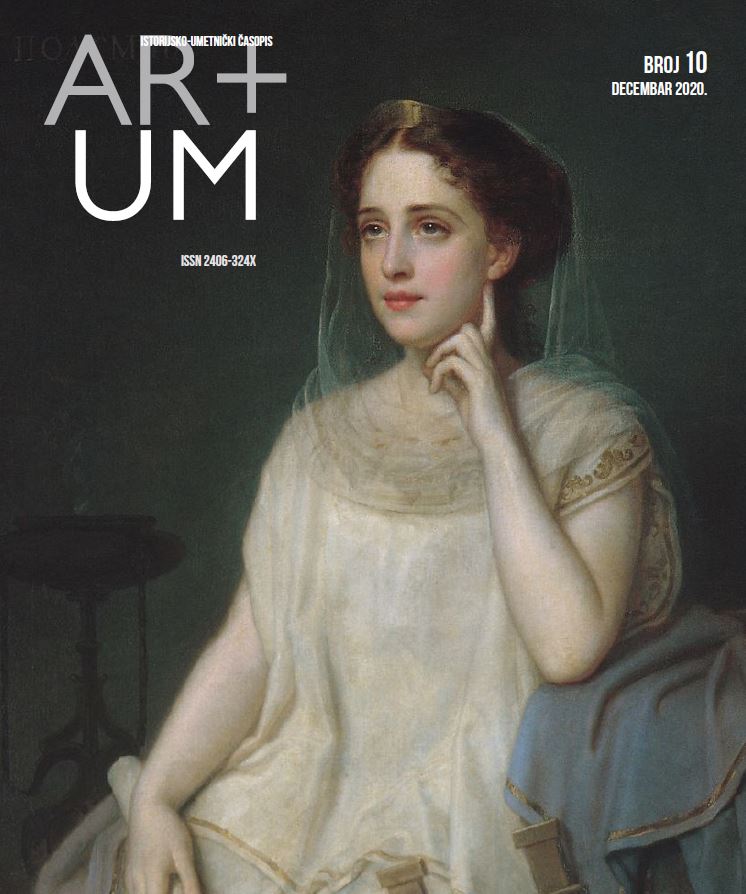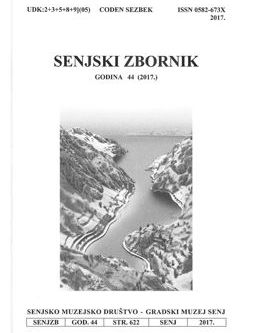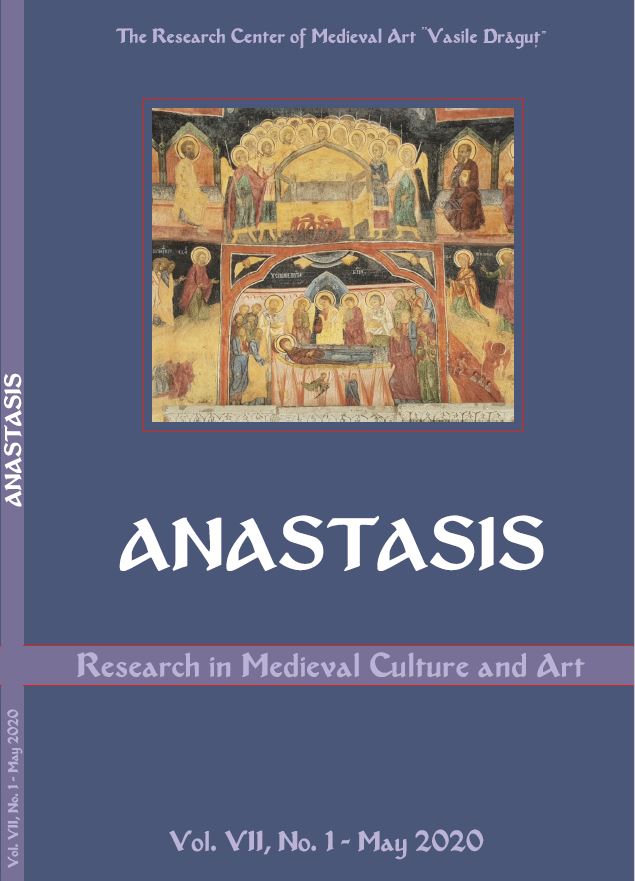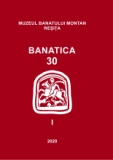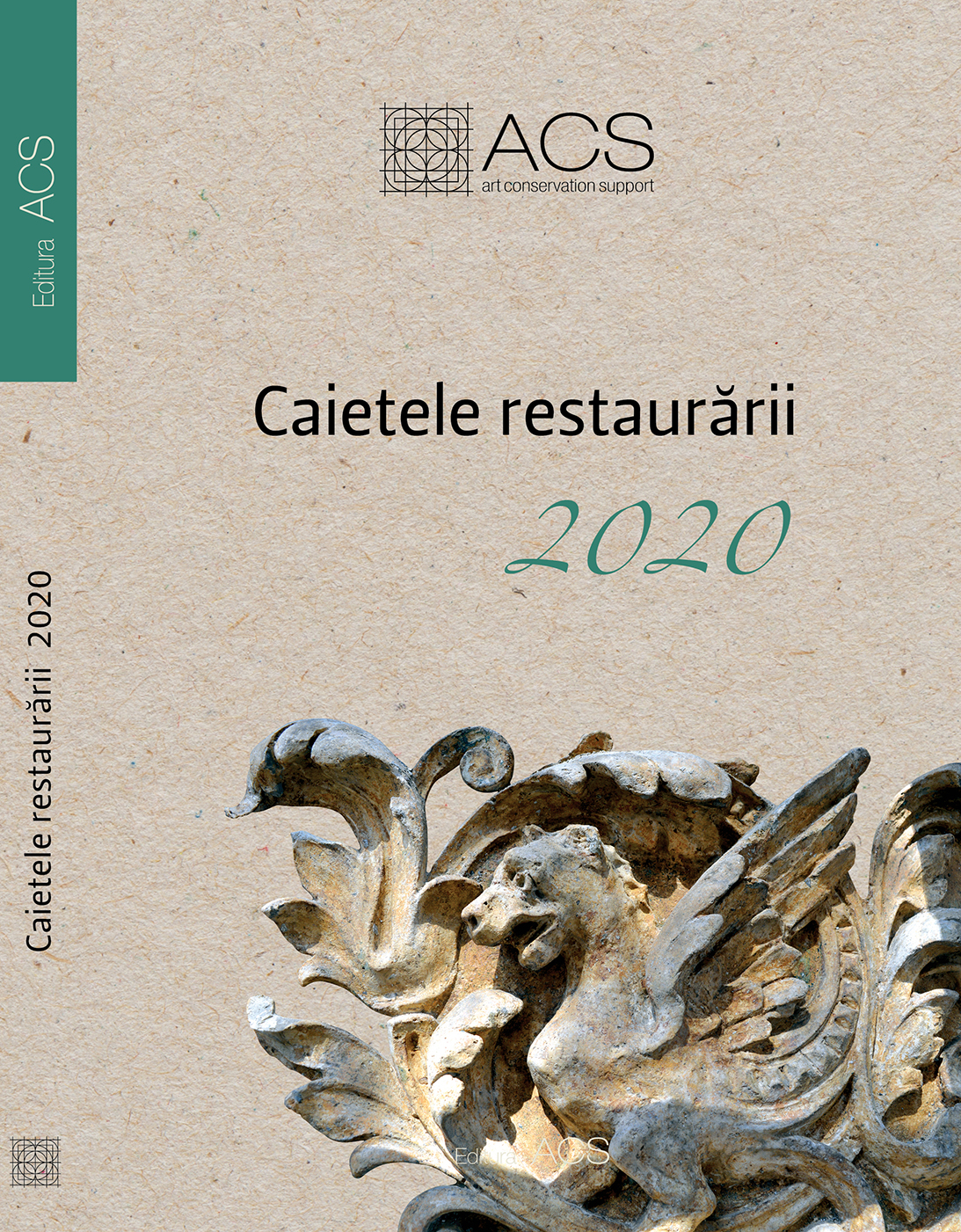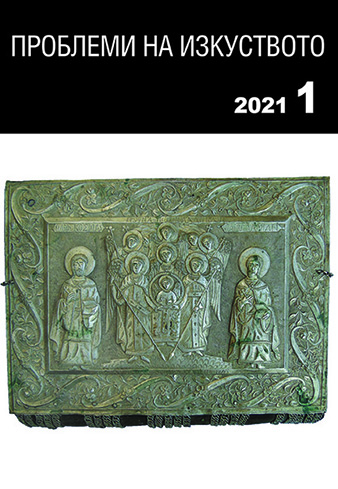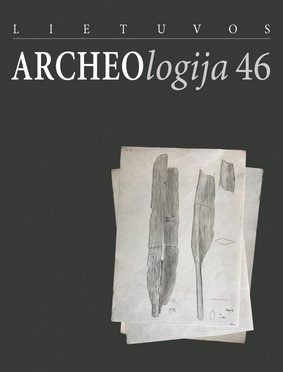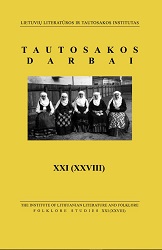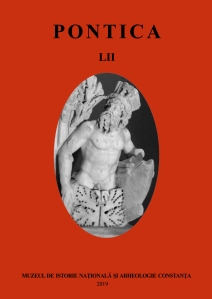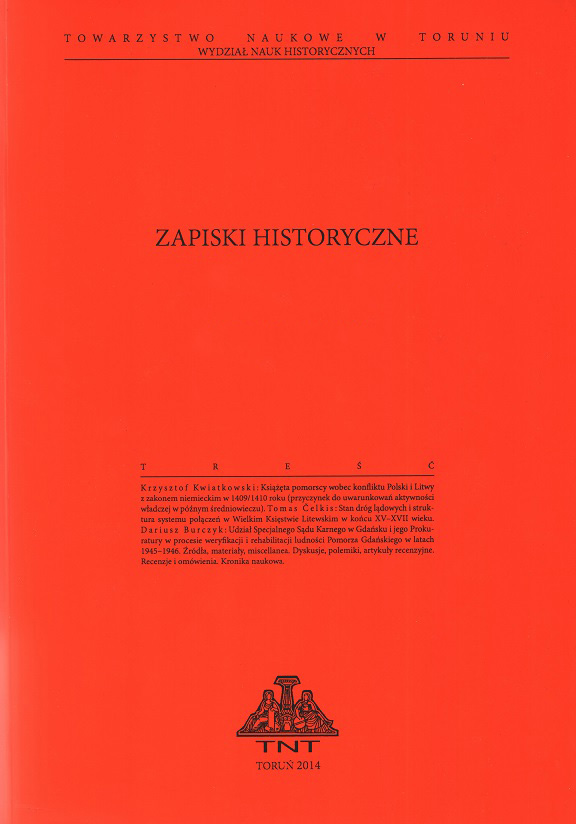
Margarete Bieber (1879–1978) – wybitna badaczka kultury antycznej z Prus Zachodnich
The article presents the biography and scientific achievements of the outstanding researcher of ancient culture, Margarete Bieber (1879–1978). At the same time, it is an example of women’s emancipatory aspirations in this region at the turn of the 19th and 20th centuries. The article describes the less-known Pomeranian roots of Margarete Bieber. She came from Przechów (Schönau, Świecie district) in former Western Prussia. Bieber was the first woman from Western Prussia to pass high school final examinations in Toruń in 1901. Then, despite all kinds of difficulties arising from her gender and ethnicity, she made an excellent academic career in Germany and the United States. The article also describes in detail the Pomeranian Bieber family living in Przechów and their property status (until the sale of the mills in 1921). Jacob Bieber, Margarete’s father, the owner of “the most important mills in Pomerania – Przechowo”, who perhaps was interested in ancient art himself, supported the scholar’s research for a long time. The high financial and social status of the family was important for her educational opportunities, but it was not recognized in the article as the most important reason for her success. First of all, her personality features, talent and great diligence were emphasized.
More...
